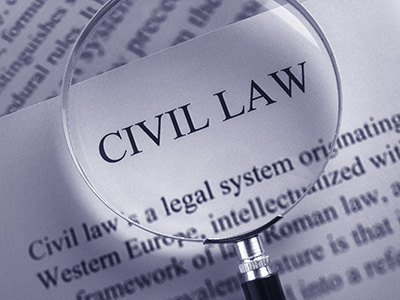Reflective Writing Task - Blog #5
I agree with the
statement that an important part of the forensic accounting role is the
quantification of damages in the civil courts when a person has been
wronged.
According to the Forensic
CPA Society, engagement relating to civil law disputes includes;
- The calculation and the quantification of losses and economic damages
- Any disagreements relating to company acquisitions, for example of breach of warranties, and
- Business valuation, (n.d.).
Upon my research into
the complexity of the forensic accounting role when considering civil action
law, I came across the Labelmakers Group Pty Ltd v LL Force Pty Ltd [2012]
FCA 512 case. Labelmakers claimed a number of
employees were in conflict of their contractual and fiduciary obligations to
the company, (Federal Court of Australia, 2012). The forensic accountants
assigned to this case were responsible for the quantification of damages based
upon the applicants claim for compensation for a loss on profit on multiple
counts.
Following on from this example,
a forensic accountant must also consider different elements to the law of
damages, including taxation. In the case
stated above, to ensure a true figure was derived in relation to the
calculation of the damages, it is required taxation be accounted for, (Hines,
2008).

References
Labelmakers Group Pty
Ltd v LL Force Pty Ltd (No 2) [2012] FCA 512. (2012). Federal Court of Australia. Retrieved from https://jade.io/article/265542
Forensic CPA Society.
(n.d.) What is a Forensic Accountant? Accessed April 10, 2017. https://www.fcpas.org/about-us/what-is-a-forensic-accountant/
Hines, M. (2008). Tax Implications
of Litigation. Victorian Bar Professional
Standards Scheme. Retrieved from http://www.deverslist.com.au/Tax%20Implications%20of%20Litigation.pdf
